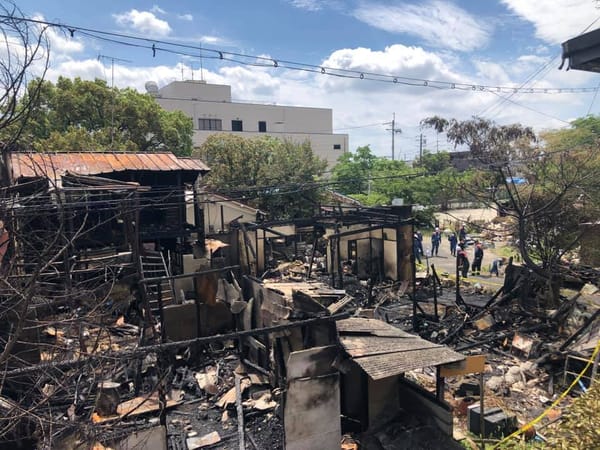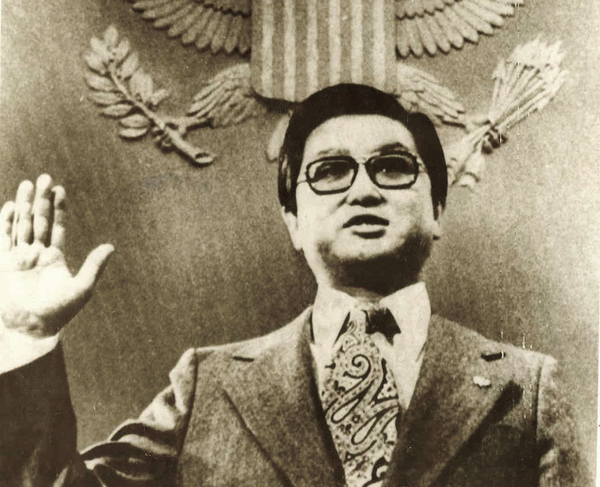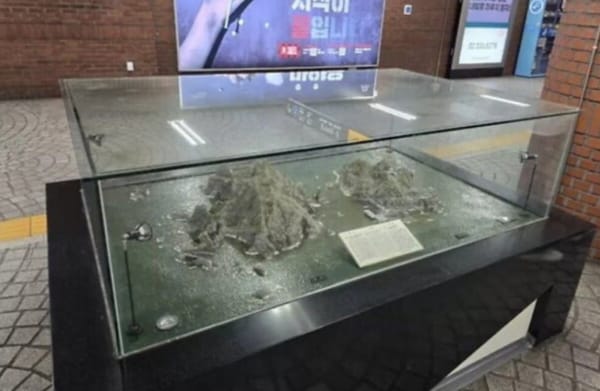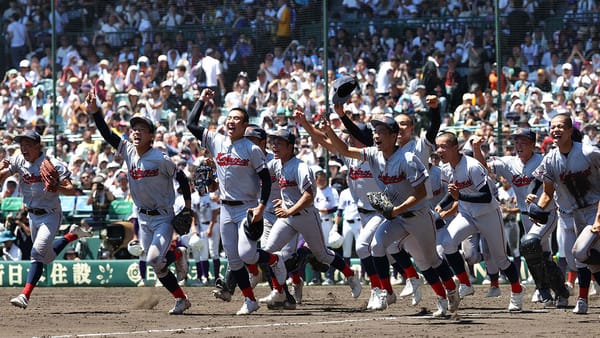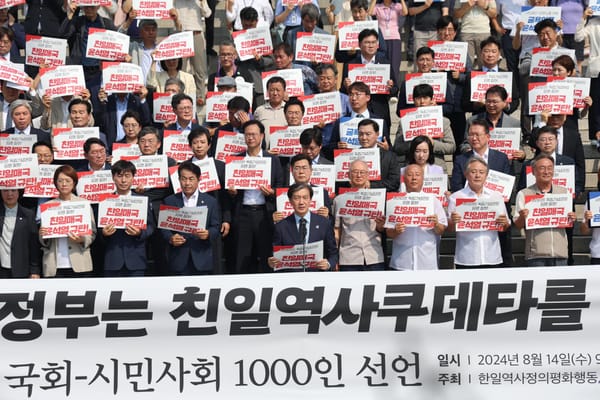Photo: Japanese mob killing a Korean during the Kanto Massacre. Credit: Public domain.
On September 1, 1923, an earthquake measuring 7.9 on the Richter scale struck the Kanto region of Japan, the area surrounding Tokyo. More than 100k people died in building collapses and fires caused by the quake, which lasted for nearly ten minutes. The death and destruction were compounded when the Imperial Japanese government falsely claimed that ethnic Koreans in Japan were taking advantage of the destruction to commit arson, stirring up Japanese mobs to indiscriminately stab, beat and set fire to anyone appearing to be Korean.
More than 6,600 Koreans were killed in the massacre. Renowned filmmaker Kurosawa Akira recalled that in the aftermath of the earthquake, there were rumors that Koreans had poisoned the local well, marking it with a scratch, when he had been the one who made the scratch as a child. To tell Koreans apart from Japanese, Japanese mobs made their victims say “fifteen yen and fifty sen (jugoen gojusen)” and killed anyone who could not - in the process also killing many Japanese migrant workers from regions with different dialects.
Japan, which has long denied the massacre, issued no statement regarding the incident, despite a statement from Prime Minister Kishida Fumio that noted the Kanto Earthquake’s centennial to underscore the importance of disaster preparedness. President Yoon Suk-yeol 윤석열 likewise made no reference to the anniversary, though at an event to mark the 60th anniversary of the National Diplomatic Academy 국립외교원, he did warn that “communist totalitarian forces 공산 전체주의 세력” and “anti-state forces 반국가 세력” were fomenting anti-Japanese sentiment.




